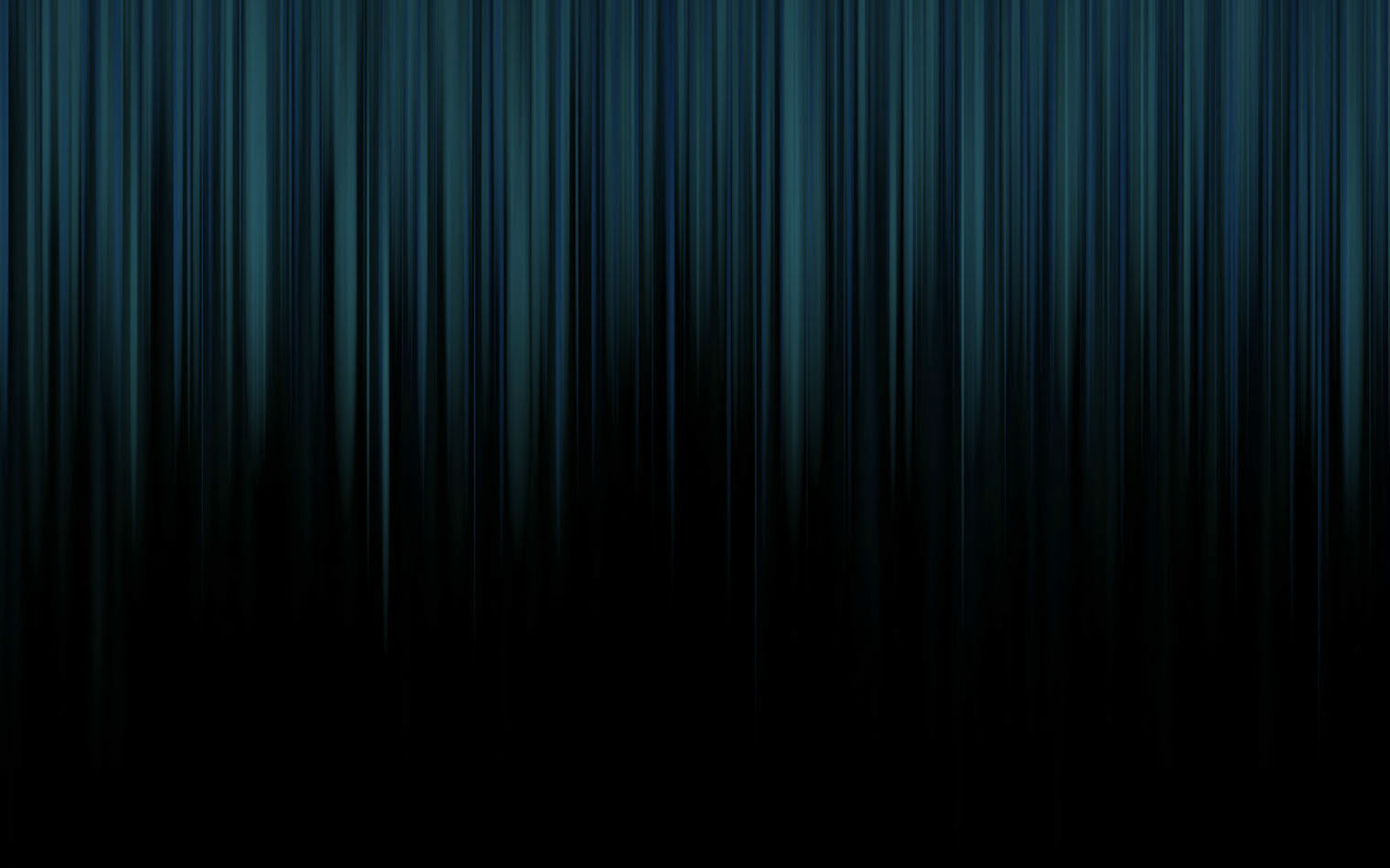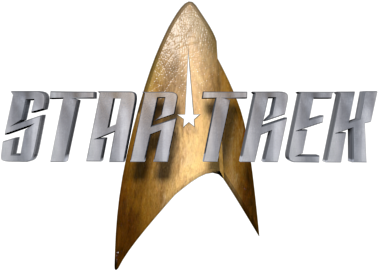U.S.S. Enterprise Equipment Packet

Illustrator: MW
Copyright: 1991
Summary:
U.S.S. ENTERPRISE EQUIPMENT BLUEPRINTS
To create the most accurate drawings available of the equipment and devices used in the Federation universe, countless hours were spent in researching the props.
By study and analysis of photos of actual studio props, and slow / stop motion of video taped episodes, a thorough and accurate blueprint was created for each prop.
Many subtle differences and variations were discovered while this research was going on. The props were not all created to the same specifications or tolerances. Colors vary, details change size is some cases, all in all it makes for some more interesting if not previously unknown information on the props. The blueprints show some of the more obvious variations, and the rest of this written portion will explain in more detail.
COMMUNICATOR
This is one of the most popular of Federation props. The variations on the communicator include two different speaker designs. A moiré pattern, and a part of an art print entitled "Current". This print can be seen in the communicator in the book "Making of Star Trek". It never appears in any of the episodes, only the moiré pattern was seen in the episodes. The episodes are: "This Side of Paradise", "Omega Glory", "Friday's Child"and "Day of the Dove". (These are good close-ups of the interior of the communicator) The other variation is the antennae / lid. There are times when it is flipped open that it stops 3/4 open, and other times you can see it rotate way around to the back of the device. This has two possible explanations: there were different size hinges which affected where the lid made contact with the communicator body, or the hinges were uniform but there installment in the device varied, again causing different ways that the lid made contact with the body.
PHASER 1 & 2
First, an explanation of how phaser 1, the prop, worked. The thumbwheel dial located on the top of the device was rotated forward, this caused the metal grid screen on the forward part of the phaser to flip up. Also, a clear acrylic rod extends forward out of the beam emitter. This rod would light up when the actor pressed the trigger, thus giving the special effects people a cue in which to line up the animated phaser beam. The setting scale on the original props did not work. There were no turning numbers, or needles pointing to a setting, it was merely a numbered piece of paper with a clear dome over it. The "Making of Star Trek" shows these numbers: 17 - 24 stacked on top of each other. The metal grid screen has been silver, black (it may have fell off) and it has varied in size and texture. (It appeared to be a piece of aluminum foil in one case). The "working" props were rarely used. There are many episodes like "Errand of Mercy" where the hand phaser is fired with the actors thumb on the metal grid screen, therefore the device was either a "dummy", or the actor did not turn the dial to flip up the grid. There are only a few episodes where the screen can be seen "up". "Man Trap", (mounted in phaser 2) and "A Private Little War".
Phaser 2 remained basically the same in design and details. Its variations were in its coloring and grips. The body has been different colors, (Blue-Gray & Charcoal-Gray) and the grips have been three different colors (White, Black, Charcoal-Gray) as well as two different shapes. (See blueprint, Sheet 10)
TRICORDER
The tricorder was very consistent in its construction. The only differences I have found have been an extra switch located on top of what I call the main sensor in my drawings near the control dials. (Seen in "This Side of Paradise") In the episode, "That Which Survives" there was a "Geological" tricorder. It's mid-door compartment had no speaker but a glowing white square panel, and the data / storage disks were replaced with a thick, silver "I" looking design.
Comments
 |
 |
 |
 |
 |
 |
 |
 |
 |
 |
 |
 |
 |


